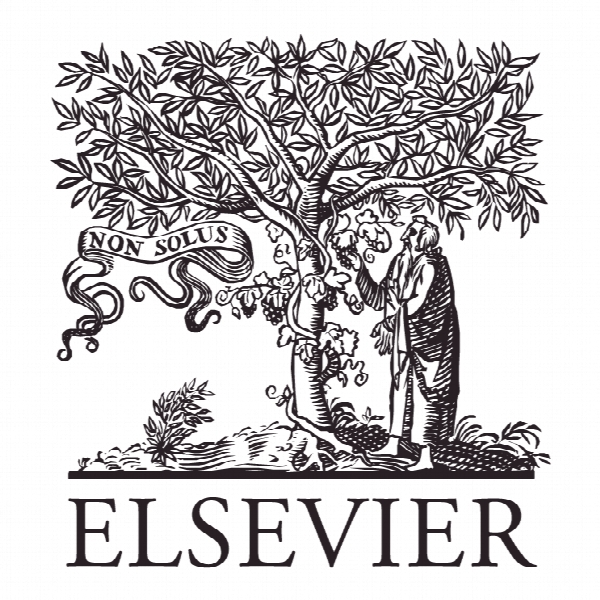نظریه میانگین واریانس با اطلاعات حسابداری غیردقیق Mean-variance Theory with Imprecise Accounting Information
- نوع فایل : کتاب
- زبان : انگلیسی
- ناشر : Elsevier
- چاپ و سال / کشور: 2018
توضیحات
رشته های مرتبط حسابداری
گرایش های مرتبط حسابداری مالی
مجله اسناد تحقیقات مالی – Finance Research Letters
دانشگاه Asper School of Business – University of Manitoba
منتشر شده در نشریه الزویر
کلمات کلیدی نظریه میانگین واریانس؛ کیفیت اطلاعات؛ کیفیت تعهدی اطلاعات مبهم
گرایش های مرتبط حسابداری مالی
مجله اسناد تحقیقات مالی – Finance Research Letters
دانشگاه Asper School of Business – University of Manitoba
منتشر شده در نشریه الزویر
کلمات کلیدی نظریه میانگین واریانس؛ کیفیت اطلاعات؛ کیفیت تعهدی اطلاعات مبهم
Description
1. Introduction The seminal work of Markowitz (1952) on mean-variance theory has had a lasting impact on theory and practice in the areas of asset pricing and asset allocation. Markowitz laid the foundation for Modern Portfolio Theory and more specifically for the Capital Asset Pricing Model (see: Sharpe, 1964; Lintner 1965; and Mossin, 1966). He assumes that the joint distribution of asset returns can be described by vector of return means and variance-covariance matrix, which are known to investors. Markowitz makes an implicit assumption that return moments are measured by homogeneous investors with perfect precision.1 There is mounting evidence indicating noisy information releases (see, for example, Faust et al., 2000). In terms of accounting methods, while an accrual-based accounting system allows companies to measure their future liabilities and revenue receivable, it does make it hard for investors to estimate earnings (Kang and Yoo, 2007). To make things worse, empirical evidence reveals that managers have the power to manipulate earnings through accruals (for a comprehensive review on earnings management, see Healy and Wahlen, 1999). Cash flow is a primitive element in asset pricing and therefore accrual quality is a factor in the mapping accuracy between cash flow and returns. Thus, less than perfect accrual quality implies an imprecise information set. In this paper, we uncover how such imprecise information set leads to an inefficient portfolio choice.


